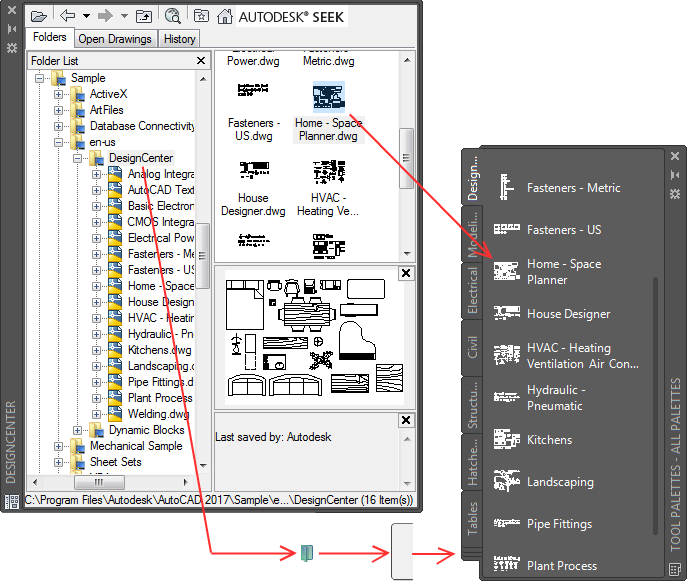Znak Severa Dwg

The diameter symbol is one of the most commonly used symbols in AutoCAD drawings. It’s automatically added to diameter dimensions but there may be times you want to include it in other types of dimensions as well as leaders, tables, and notes.
May 16, 2008 - The Euro znak: ALT key and enter. You can use these control codes with standard AutoCAD text fonts only:%%o nacrta. The first is to add a custom property and use the spacebar to enter several spaces in the Value field.
Adding the diameter and other symbols to your AutoCAD drawings is surprisingly easy to do if you know where to find them! Using the Symbol Menu One of the easiest ways to add the diameter and other popular symbols to your AutoCAD drawing is to select the Text Editor ribbon tab or right-click menu. Those tools automatically display when you create or double-click on mtext objects as well as dimensions, leaders, and tables that use multiline text. Simply place the cursor where you want the symbol to appear and then select Diameter the Symbol flyout on the Text Editor ribbon tab or right-click menu.
It’s just THAT easy! And you can use the same simple process to insert other popular symbols including Degree, Plus/Minus, Center Line, and many more! Using the Character Map If you can’t find the symbol you want or you’re not satisfied with the appearance of the symbol that inserts from the Symbol menu, you can choose from hundreds of symbols using the Character Map dialog box. Access the Character Map by selecting Other at the bottom of the symbol menu. Programma antares 83 i klyuch. Select a font and then use the scroll bar at the right to view all the available symbols for that font. Click on a symbol to view a larger image of it. Notice the Unicode string displayed at the bottom of the Character Map dialog box.
Double-click on the symbols you want to copy. You’ll see them displayed in the Characters to copy field. Not all fonts include every symbol. You can refer to the AutoCAD Help system for. After selecting the characters you want to use (be sure they’re displayed in the Characters to copy field), choose Copy and close the Character Map. Then paste them where you want them to appear in the AutoCAD text.

Entering Unicode Strings and Control Codes As you learned above, you can use the Character Map dialog box to find the Unicode string for a selected character. If you know the Unicode string, you can enter it, preceded by a backslash to insert a symbol without having to access the Character Map. As soon as you enter the last character in the Unicode string, AutoCAD converts it to the appropriate symbol.
A primary benefit of Unicode is that it uses a universal coding system with a unique string for every character ensuring consistency regardless of platform, software, or language. Before Unicode was supported by AutoCAD, AutoCAD provided control codes for some of the most common drawing symbols including the diameter symbol.
Those control codes are still supported by AutoCAD and can be used in single- and multi-line text. The control code for the diameter symbol is%%C. You may ask “Why not%%D?” Well, the equally popular Degree symbol gets that honor. Visit the AutoCAD Help for a l. Here’s a quick video demonstrating how to add the diameter symbol to a multileader using the control code. The same process works for any text and multiline text objects.
Heidi Hewett has dedicated her career to educating people on the use of AutoCAD software. She began using AutoCAD as a student in 1986 and soon after earning her B.S.
In Architectural Engineering, Heidi transitioned from an Autodesk customer to an Autodesk employee. During her career at Autodesk, Heidi has held a variety of positions including Product Support Technician, Training Specialist, and Senior Applications Engineer. In her current role as the AutoCAD Technical Marketing Manager, Heidi assists the marketing team in developing and delivering technical marketing material for AutoCAD. She continues to educate Autodesk customers, partners, and employees through Webcasts, seminars, and her AutoCAD Insider blog. It is her passion for education that inspired Heidi to earn an M.S. In Technical Communication and an M.A.